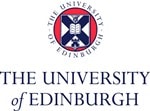×
2 000 +
успешных поступлений
в 500 +
университетов и бизнес-школ мира
в 30 +
странах работают после учебы наши выпускники



